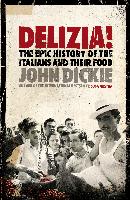 I am reading two delightful food books: Delizia! – The Epic History of the Italians and their Food by John Dickie and Secret Ingredients – The New Yorker Book of Food and Drink, edited by David Remnick. Both are very interesting, and both show up not only how much serious foodies used to pack away but the incredible variety of the dishes served.
I am reading two delightful food books: Delizia! – The Epic History of the Italians and their Food by John Dickie and Secret Ingredients – The New Yorker Book of Food and Drink, edited by David Remnick. Both are very interesting, and both show up not only how much serious foodies used to pack away but the incredible variety of the dishes served.
In Delizia!, Mr. Dickie shares a menu of a Duke’s feast for 104 guests in Ferrara back in 1529 with five courses. Here’s what they ate for starters:
104 small pies with a filling of capers, truffles and raisin puree
Salad of endive, radish, rampion and lemon (104 small plates)
25 large radishes carved into various figures with 104 small radishes (25 plates)
104 small cream pies dusted with sugar
Sliced ham, salted beef tongue and salt pork loin, fried and dusted with sugar and cinnamon – 25 plates
25 pies containing wild boar rissoles
25 large pork liver sausages in a pastry case
50 large, skinned, smoked grey mullet in 25 pies with sweet sauce
15 large salted eels, in 104 cylindrical cuts
104 soused sea bream, partly gilded, garnished with laurel leaves
Again, that’s just for starters. The following four courses are just as astonishing, both for volume and for variety.
In Secret Ingredients, some of the early articles have similar excess, although appetites seemed to have dwindled compared the 14th Centrury. A. J. Liebling, a man who was known to say “I used to be shy about ordering a steak after I had eaten a steak sandwich, but I got used to it,” writes about a certain Parisian gentleman who, in the early 1950s, ate for lunch –
…raw Bayonne ham and fresh figs, a hot sausage in crust, spindles of filleted pike in a rich rose sauce Nantua, a leg of lamb larded with anchovies, artichokes on a pedestal of foie gras, and four or five kinds of cheese, with a good bottle of Bordeaux and one of champagne, after which he would call for the Armagnac and remind Madame to have ready for dinner the larks and ortolans she had promised him, with a few langoustes and a turbot – and, of course, a fine civet made from the marcassin, or young wild boar, that the lover of the leading lady in his current production had sent up from his estate in the Sologne.
“And while I think of it,” I once heard him say, “we haven’t had any woodcock for days, or truffles baked in the ashes, and the cellar is becoming a disgrace — no more ’34s and hardly any ’37s. Last week, I had to offer my publisher a bottle that was far too good for him, simply because there was nothing between the insulting and the superlative.”
I wonder who, these days, would be able for the meals described above, although another article in the Book of Sweet Things describes a 34 course mid-day feeding frenzy in France in 2004. Still, in these busy times, three hour lunches seem an obscene waste of time, and the only banquets we’re likely to come across are second-rate wedding dinners. Somehow, the waistlines swell regardless, or so we are told. Maybe it’s those snatched lunches and snacks without the time to properly digest them.
Reading about the joy with which people faced their food in bye-gone days only emphasises how much we have lost and how much food we consume on the fly. I, for one, will try to slow things down in 2008 and spend more time with my food (and ice cream). Maybe I can even up my consumption. Mind you, I doubt I am about to go gilding sea bream after carving radishes, baking cream pies and skinning smoked mullet. Still, one can make an attempt. Now, where did I leave that bottle of Armagnac?
Technorati tags: book, Delizia, Secret Ingredients, food, gourmet
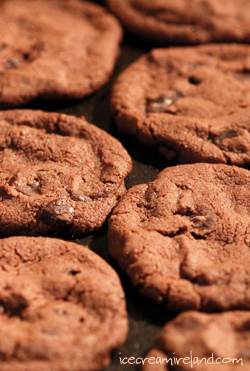 Feeling the need for a little chocolate burst last night, I went making some cookies. I have written about Pierre Herme here and here. The recipe came from him via Dorie Greenspan’s excellent cookbook Paris Sweets, which is a compendium of desserts from Paris’ best pastry shops.
Feeling the need for a little chocolate burst last night, I went making some cookies. I have written about Pierre Herme here and here. The recipe came from him via Dorie Greenspan’s excellent cookbook Paris Sweets, which is a compendium of desserts from Paris’ best pastry shops.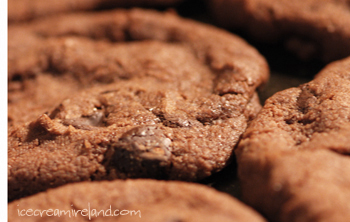












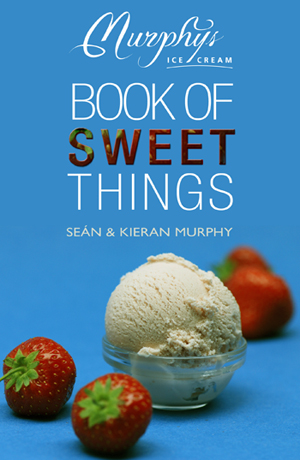 Here’s the latest mock-up from the
Here’s the latest mock-up from the 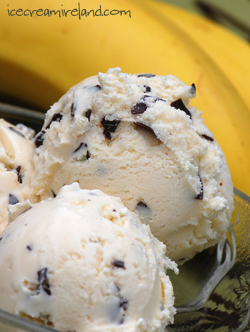 Here in Kerry, there are some fruits that are hard to get in the depth of Winter, but you can always find bananas. They might not always be ripe, and most of the time I will pass them by when in the supermarket, discouraged at the green peel. For, as bananas ripen, the starches turn to sugar, and once they do so, this sweet, complex, rich, and velvety fruit can boost energy and give any occasion a lift, especially when it’s in ice cream.
Here in Kerry, there are some fruits that are hard to get in the depth of Winter, but you can always find bananas. They might not always be ripe, and most of the time I will pass them by when in the supermarket, discouraged at the green peel. For, as bananas ripen, the starches turn to sugar, and once they do so, this sweet, complex, rich, and velvety fruit can boost energy and give any occasion a lift, especially when it’s in ice cream.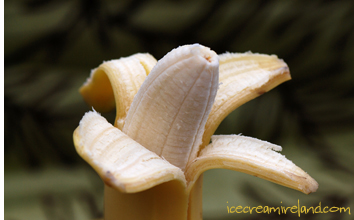 Customers in our
Customers in our 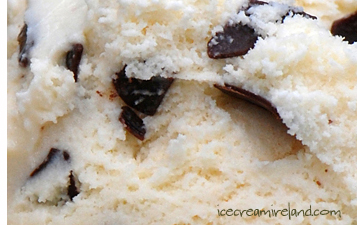 Freeze using a domestic ice cream machine until it has a semi-solid consistency, or cover and place in the freezer, stirring occasionally to break up the ice crystals.
Freeze using a domestic ice cream machine until it has a semi-solid consistency, or cover and place in the freezer, stirring occasionally to break up the ice crystals.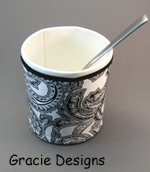

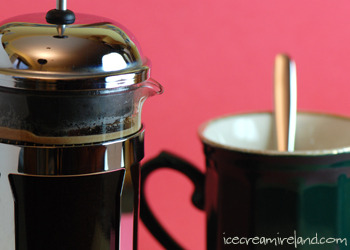 Both of our
Both of our 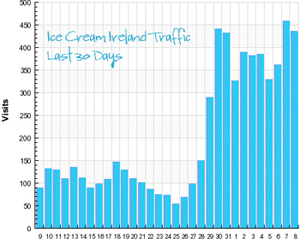 Since I
Since I